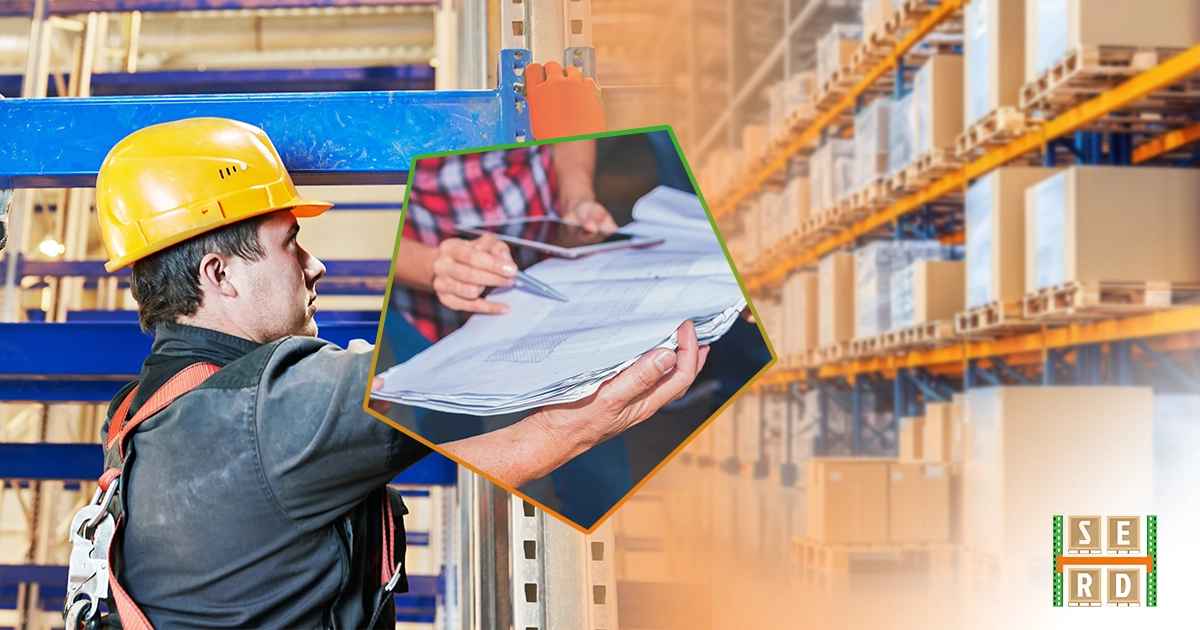


Warehouse Installation and Relocation: Adapting to Changing Business Needs.
In today’s fast-paced business environment, flexibility and adaptability are essential for efficient installations ahead. A well-planned warehouse installation and relocation strategy ensures businesses can effectively meet their evolving requirements. With a strategic approach to warehouse installation and relocation, businesses can not only address current challenges but also position for long-term success. Here are key considerations for warehouse relocation and installation:
- Customized installation for optimal layouts: Warehouse installation begins with designing layouts tailored to the specific needs of your business. By considering factors like inventory flow and storage requirements, a custom setup ensures maximum efficiency and productivity.
- Streamlined relocation planning: Relocating a warehouse involves meticulous planning to minimize downtime. With a detailed roadmap that includes inventory mapping and phased transitions, businesses can maintain operational continuity.
- Scalable solutions for growing needs: A well-designed warehouse installation supports future growth. Modular and flexible systems allow businesses to adapt to increased inventory or changing operational demands without overhauling the entire setup.
- Technological integration for enhanced operations: Modern warehouses benefit from integrated technologies, such as automated shelving and real-time inventory tracking. During installation or relocation, incorporating these technologies optimizes workflows and improves accuracy.
- Safety standards compliance: Both installation and relocation require adherence to safety regulations to protect employees and assets. Proper equipment placement, fire safety measures, and ergonomic designs ensure a secure working environment.
- Cost-efficient solutions: Efficient warehouse setups focus on reducing operational costs through optimized space usage and energy-saving designs. Relocation strategies often include opportunities to upgrade for greater cost efficiency.
- Minimizing downtime during transitions: Relocation involves careful coordination to avoid disruptions. Staggered moves, temporary storage solutions, and clear communication with stakeholders help ensure business operations continue smoothly.

Latest Strategies for Smooth Warehouse Setup and Moves.
Efficient moving warehouse rack setup and relocation are critical to maintaining operational continuity and meeting evolving business demands. Recent innovations and best practices have made these transitions smoother and more effective than ever. Businesses can use cutting-edge strategies to ensure their warehouse moving setup or relocation is efficient, cost-effective, and aligned with future growth. Here’s a look at the latest strategies:
- Advanced planning and assessment: Thorough planning is the cornerstone of a smooth warehouse setup or relocation. Begin with a needs analysis to understand current workflows, inventory requirements, and future growth potential. A well-defined project plan, including budgets, timelines, and contingency measures, ensures the process stays on track.
- Use of technology and automation: Integrating advanced technologies such as Warehouse Management Systems (WMS) and Automated Storage and Retrieval Systems (AS/RS) enhances efficiency and accuracy. These tools streamline inventory tracking, order management, and retrieval, reducing errors and saving time. Voice-picking systems can further optimize workflow by enabling hands-free operations.
- Phased moves and off-peak scheduling: A phased relocation approach minimizes disruptions by moving sections incrementally, maintaining operational continuity. Scheduling moves during off-peak hours, such as nights or weekends, reduces downtime and allows for a more seamless transition.
- Customizing layouts for efficiency: Tailoring warehouse layouts to inventory and workflow needs is critical for maximizing efficiency. Modular storage systems provide flexibility, while optimized layouts minimize travel distances for employees, speeding up processes like picking and packing.
- Safety measures: Prioritizing safety ensures compliance with regulations and reduces workplace risks. Regular equipment checks and comprehensive employee training on safety protocols and ergonomic practices safeguard operations and staff well-being during the transition.
- Continuous monitoring and adaptation: After the relocation, conduct reviews to identify any inefficiencies in the new setup. Regularly gather feedback and adjust layouts or processes as needed to keep pace with business demands and operational changes.
- Leveraging partnerships: Collaborating with design consultants and logistics partners can simplify the relocation process. Experts offer valuable insights into optimizing layouts and handling complex moves, ensuring a seamless and efficient transition.
Not Sure about what you need?
Contact a pro- Recent Posts
- Popular Posts
- Drive-In Pallet Rack Systems for Georgia Warehouses
- Heavy Duty Racks: Durable, High-Capacity Industrial Storage
- Warehouse Racking Solutions in Atlanta, GA That Boost Efficiency and Maximize Space
- Why Professional Warehouse Consultation Is Essential for Scaling Your Business?
- Warehouse Installation and Relocation: A Step-by-Step Guide for a Seamless Transition.
- Warehouse Racking Solutions in Atlanta, GA That Boost Efficiency and Maximize Space
- Drive-In Pallet Rack Systems for Georgia Warehouses
- Why Professional Warehouse Consultation Is Essential for Scaling Your Business?
- Heavy Duty Racks: Durable, High-Capacity Industrial Storage
- Warehouse Installation and Relocation: A Step-by-Step Guide for a Seamless Transition.


